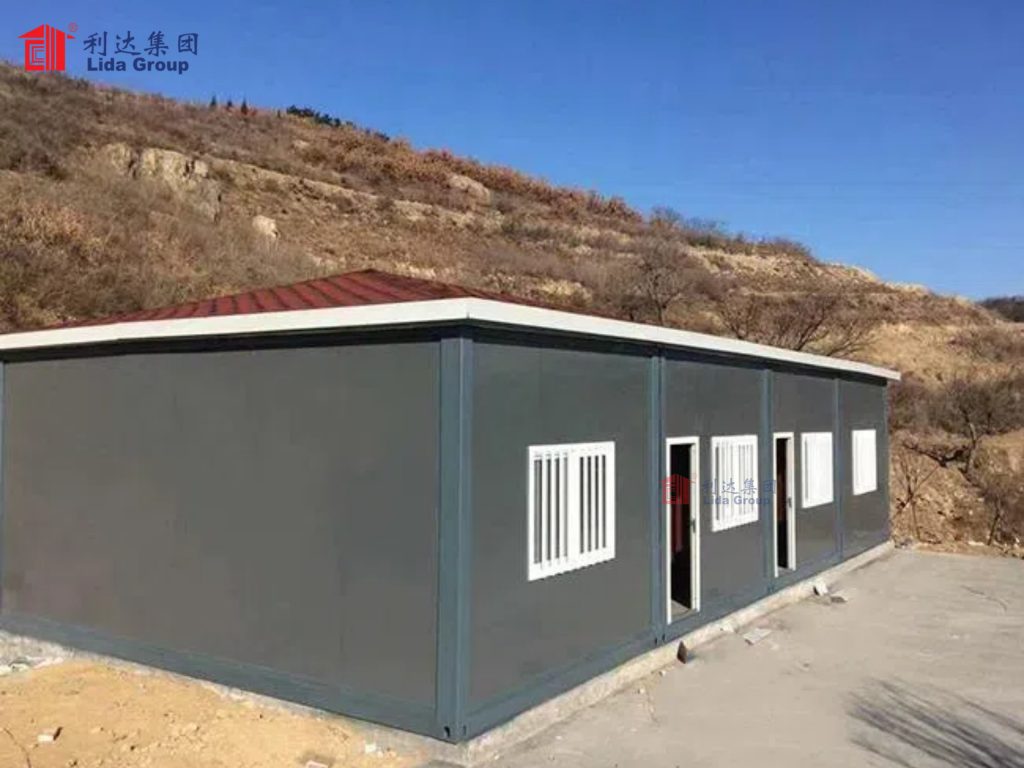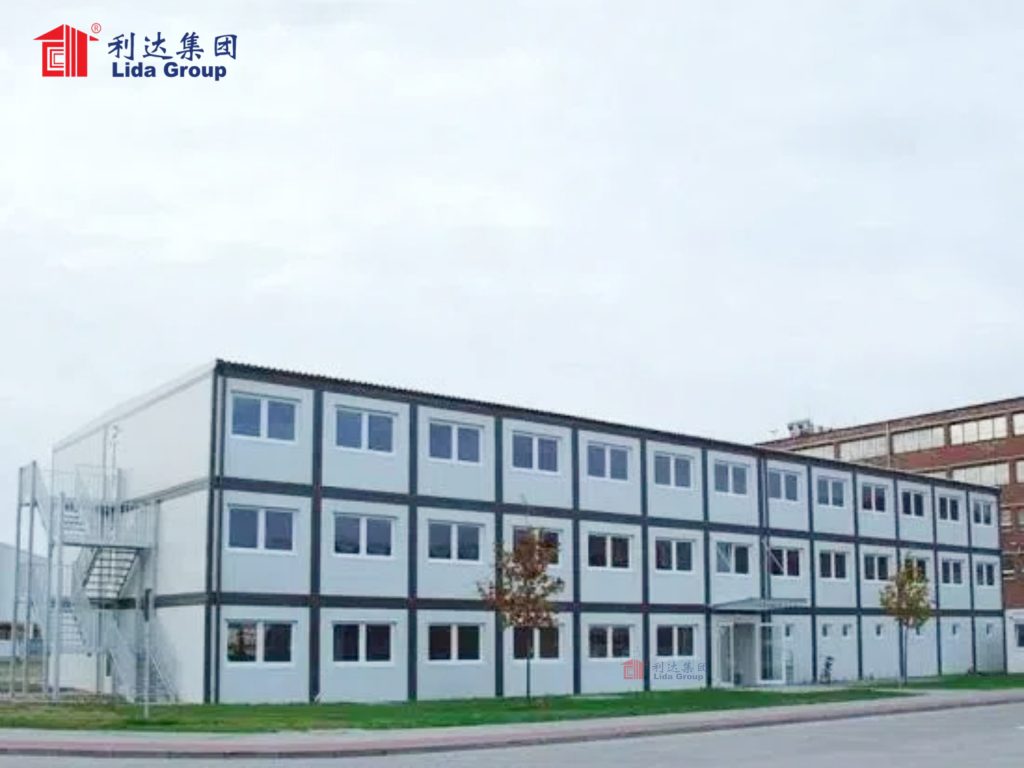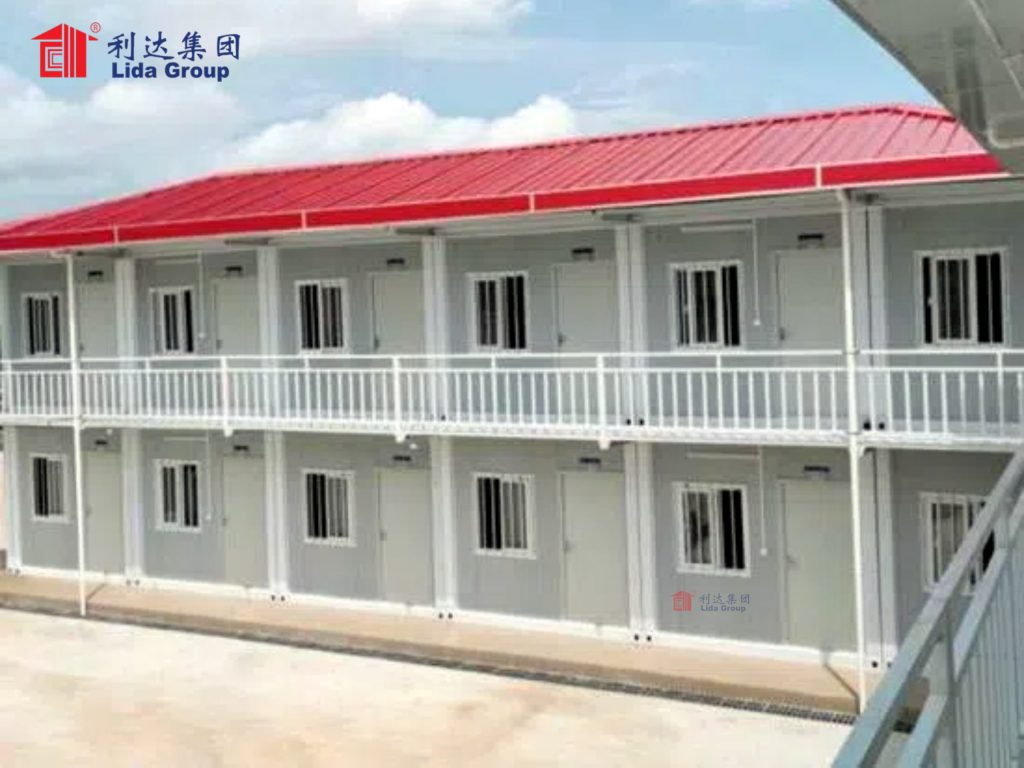**Introduction: The Evolution of Worker Welfare from Basic Shelter to Holistic Well-being**
The global narrative surrounding labor camps and remote workforce accommodation is undergoing a profound and necessary shift. For decades, the prevailing standard was purely utilitarian: provide the most basic shelter necessary to house workers, with little consideration for their comfort, well-being, or morale. These facilities were often characterized by sparse, overcrowded, and impersonal environments that treated the workforce as a commodity rather than the most valuable asset on any project. The consequences of this outdated approach are well-documented: high turnover rates, diminished productivity, increased safety incidents, and significant challenges in recruiting and retaining skilled personnel in competitive markets.
Today, forward-thinking companies recognize that superior worker welfare is not an extravagant expense but a critical strategic investment. A comfortable, healthy, and engaged workforce is inherently safer, more productive, and more loyal. This shift in mindset demands a parallel evolution in accommodation solutions. It is no longer sufficient to simply provide a bed; companies must provide a *home*—a space that supports physical health, mental well-being, and social connection.
Lida Group, a pioneer in prefabricated container architecture, has positioned itself at the forefront of this revolution. The company’s philosophy transcends the mere engineering of structures; it encompasses the art of crafting living experiences. By seamlessly integrating a comprehensive suite of modern amenities into its high-quality container house designs, Lida is redefining remote living, transforming barren work camps into vibrant, supportive communities that actively promote superior worker welfare. This article explores the depth and breadth of these integrations and their transformative impact on the lives of a global workforce.

**Chapter 1: The Foundation – A Human-Centric Design Philosophy**
Lida’s approach begins with a core design principle: human-centricity. Every decision, from the macro layout of a camp to the micro placement of a power outlet, is made with the end-user—the worker—in mind. This philosophy is built on an understanding of fundamental human needs:
* **Physiological Needs:** A stable, comfortable, and healthy physical environment (air, temperature, light, sleep).
* **Safety Needs:** Security, privacy, and protection from the elements.
* **Social Needs:** Connection, community, and a sense of belonging.
* **Esteem Needs:** Dignity, respect, and a positive living experience.
This hierarchy of needs forms the blueprint for Lida’s integration of amenities, ensuring that solutions address not just the body, but also the mind and spirit of the occupant.
**Chapter 2: The Bedroom Sanctuary – Privacy, Comfort, and Personal Space**
The individual living unit is the heart of the worker’s daily experience. Lida moves far beyond the outdated dormitory model to create personal sanctuaries.
* **Configurations for Dignity:** Options range from private, en-suite single rooms for supervisors and key personnel to well-designed twin-share units. The emphasis is on reducing density to avoid the feeling of being “packed in,” a common complaint in traditional camps.
* **Ergonomic and Quality Furnishings:** Units are provided fully furnished with robust, yet comfortable, furniture. This includes a proper bed with a quality mattress, a dedicated wardrobe or locker for personal storage, a desk and chair, and ample shelving. This allows workers to personalize their space and store their belongings securely, fostering a sense of ownership and stability.
* **Individual Environmental Control:** Each unit is equipped with a high-efficiency, quiet split-system air conditioner and heater, allowing the occupant to control their own thermal comfort precisely. This is a vast improvement over centralized systems that often leave some units too hot and others too cold.
* **Integrated Technology:** Ample power outlets, dedicated USB charging ports, and pre-installed connectivity for Wi-Fi and television are standard. Task lighting and ambient lighting are carefully planned to avoid the harsh, institutional glare of fluorescent tubes, instead using warmer LED lights that are easier on the eyes.

**Chapter 3: The Modern Wet Unit – Sanitation with Dignity**
Sanitary facilities are a critical measure of a camp’s standard. Lida’s solutions eradicate the unpleasant, communal shower block experience.
* **Prefabricated En-Suite Pods:** For single rooms, entire bathrooms are manufactured as complete, pre-plumbed pods. These include a toilet, vanity, and shower stall with thermostatic mixer taps for consistent water temperature. High-quality water-proofing and easy-clean surfaces prevent mould and mildew, ensuring hygiene and durability.
* **High-Quality Centralized Facilities:** For twin-share units or where en-suite is not feasible, centralized facilities are designed to a hotel-standard, not a prison-standard. They are spacious, well-ventilated, and feature modern, touchless fixtures where possible to improve hygiene. They are cleaned and maintained to a high protocol, ensuring they remain a pleasant amenity, not a dreaded chore.
* **Laundry Facilities:** On-site laundry rooms are equipped with industrial-grade, energy-efficient washers and dryers. Providing this service in-house is a massive quality-of-life improvement, saving workers the time, cost, and inconvenience of seeking external services.
**Chapter 4: The Nutritional Hub – Dining as an Experience**
The mess hall is reimagined from a mere refueling station into a social and nutritional hub.
* **Modern, Hygienic Kitchen Modules:** Lida designs and installs commercial-grade kitchen facilities in modular form. These are equipped with modern stainless-steel appliances, ample cold storage, and efficient ventilation systems to serve large numbers without compromising on food quality or safety.
* **Appealing Dining Environments:** The dining hall is designed with aesthetics in mind. Large windows provide natural light, a variety of seating arrangements (from large tables for groups to smaller booths for privacy) cater to different social preferences, and modern décor creates an atmosphere that encourages workers to relax and enjoy their meals.
* **Dietary Diversity and Quality:** The infrastructure supports the provision of diverse, nutritious, and culturally appropriate meal options, which is crucial for maintaining health and morale on long-term assignments.

**Chapter 5: The Community Ecosystem – Fostering Connection and Well-being**
Lida’s master planning creates a “live-work-play” environment that combat isolation and foster a sense of community.
* **Recreational Facilities:** A variety of modules are dedicated to recreation and relaxation. These can be configured as:
* **Fitness Centers:** Equipped with cardio machines, weight stations, and yoga spaces to support physical health.
* **Cinema and Game Rooms:** Featuring large-screen TVs, projection systems, pool tables, and table tennis for entertainment and socializing.
* **Quiet Rooms and Libraries:** Providing spaces for reading, prayer, meditation, or simply making a private phone call home.
* **Outdoor Living Spaces:** The planning includes landscaped areas with seating, barbecue pits, and even outdoor sports courts (basketball, volleyball). These spaces break the monotony of the industrial environment and provide crucial access to fresh air and social interaction.
* **Clinics and Wellness Rooms:** Dedicated modules can serve as basic medical clinics for first aid and routine check-ups or as quiet rooms for wellness professionals to provide support, underscoring a commitment to holistic health.
**Chapter 6: The Digital Backbone – Connectivity and Entertainment**
In the modern world, connectivity is not a luxury; it is a utility as essential as water and electricity for mental well-being.
* **Structured Cabling and Wi-Fi:** Lida designs the entire camp with a structured IT network. High-speed fibre optic internet is brought to a central server room, with CAT6 or fibre runs to each accommodation module and facility. Redundant access points ensure robust, campus-wide Wi-Fi coverage, allowing workers to seamlessly connect their devices.
* **Entertainment Options:** While personal devices are common, many units can be pre-fitted with smart televisions, and common areas feature large screens for major sporting events or movie nights, fostering community activities.
**Chapter 7: The Seamless Integration – Engineering Amenities into the Modular System**
The genius of Lida’s approach lies not just in the selection of amenities, but in their flawless integration into a prefabricated system.
* **Design for Manufacture and Assembly (DfMA):** Amenities are not retrofitted; they are designed in from the beginning. Conduits for electrical and data cables are embedded within walls during fabrication. Plumbing chases are pre-designed. This ensures a clean, finished look with no exposed wiring or pipes, and it drastically speeds up on-site installation.
* **MEP (Mechanical, Electrical, Plumbing) Integration:** The complex web of services required to power these amenities is fully engineered in the 3D BIM model. This prevents clashes and ensures that the high demand for hot water, electricity, and data is seamlessly met by the camp’s central utility plant.
* **Durability and Maintenance:** All integrated amenities are selected for their robustness and ease of maintenance. Fixtures are commercial-grade, and finishes are durable to withstand high usage, ensuring the camp remains a high-quality environment for its entire lifespan.

**Conclusion: The Strategic Value of Superior Welfare**
Lida Group’s integration of modern amenities into its container-based camps represents a paradigm shift in the value proposition of workforce housing. It is a powerful demonstration that engineering excellence and human-centric design are not mutually exclusive but are, in fact, synergistic.
The benefits of this approach extend far beyond mere occupant satisfaction. They translate into tangible, bottom-line results for project owners and operators:
1. **Enhanced Recruitment and Retention:** A high-quality living environment is a powerful tool for attracting and retaining the best talent in a competitive market, reducing the enormous costs associated with staff turnover.
2. **Increased Productivity and Safety:** A well-rested, healthy, and mentally engaged worker is inherently more alert, focused, and productive. This directly translates into higher quality work and a significantly reduced risk of safety incidents.
3. **Improved Morale and Cultural Cohesion:** By fostering a positive community atmosphere, these amenities reduce isolation and stress, leading to a more harmonious and collaborative workforce.
4. **Strengthened Corporate Reputation:** Demonstrating a genuine commitment to worker welfare enhances a company’s brand as a responsible and ethical employer, which is invaluable for securing new projects and partnerships.
In conclusion, Lida Group has masterfully re-engineered the very concept of a labor camp. By moving from providing basic shelter to curating comprehensive living experiences, they have made superior worker welfare an achievable, scalable, and strategically vital standard. They prove that even in the most remote locations, it is possible to create a living environment that honors the dignity of the workforce and provides the comfort and community they need to thrive. This is not just better building; it is a smarter business and a more humane future for global industry.

Related news
-
Engineered for Extreme Conditions: Lida Group's Container Labor Camp Withstands Harsh Environments with Durable Designs
2025-09-17 17:21:20
-
Cost-Effective Workforce Housing: Lida Group's Prefab Container Building Approach Cuts Labor Camp Construction Timelines
2025-09-17 17:28:33
-
Transforming Remote Site Living: Lida Group's Prefab Container Building Systems Offer Unmatched Labor Camp Comfort
2025-09-17 16:36:13
contact us
- Tel: +86-532-88966982
- Whatsapp: +86-13793209022
- E-mail: sales@lidajituan.com


